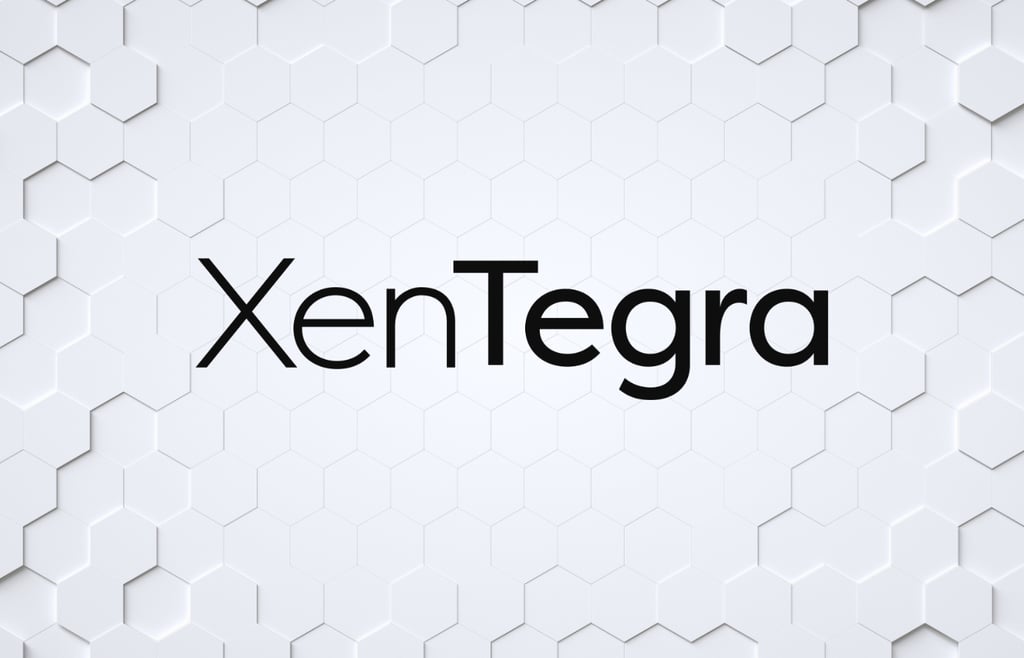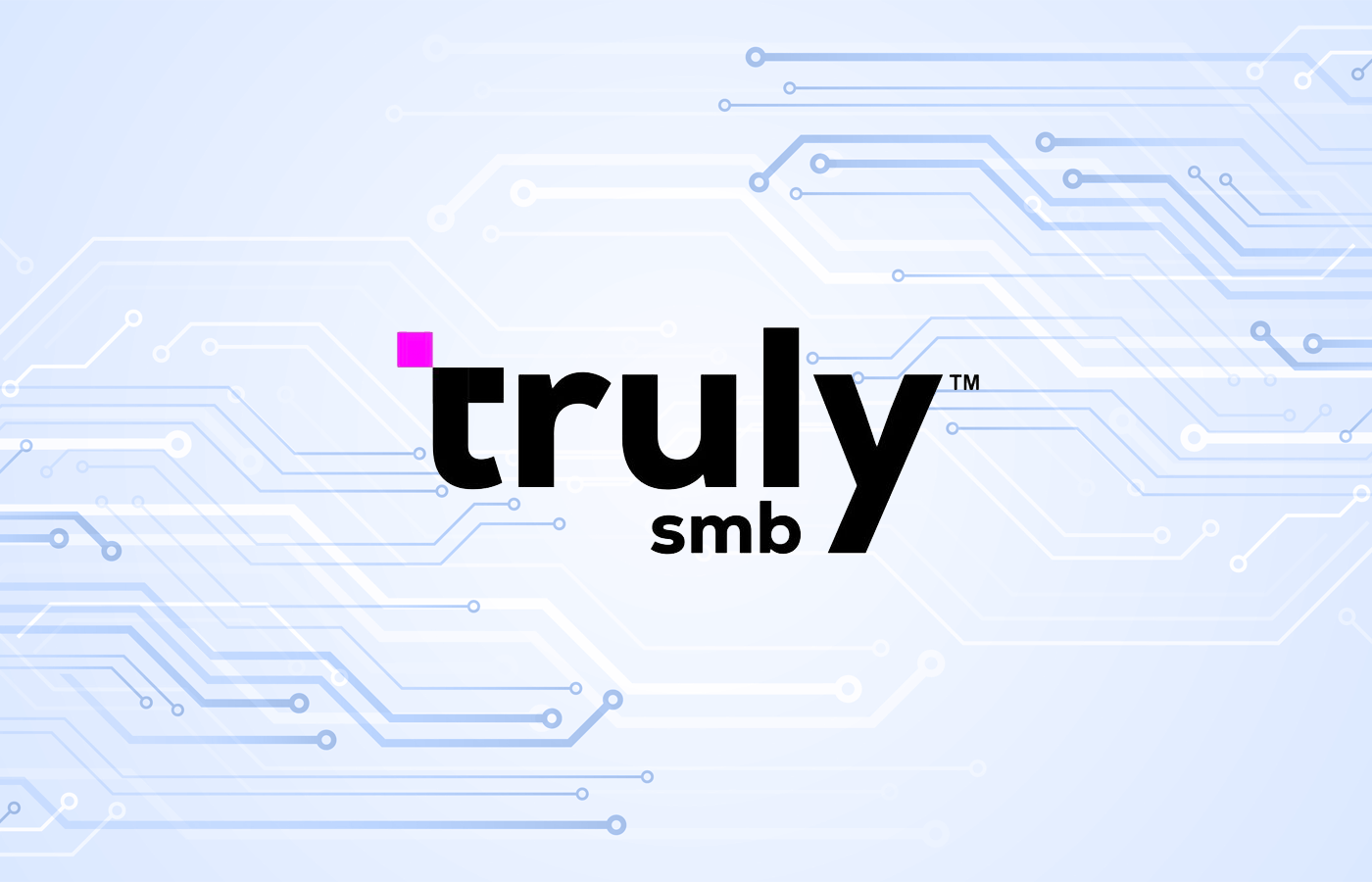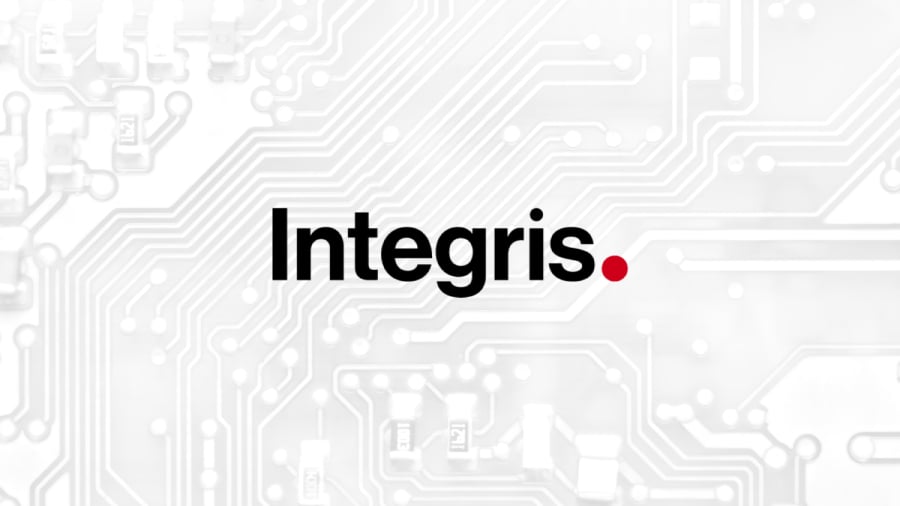With employee burnout at unprecedented levels, organizations need to be more mindful of the threat of burnout and empower their teams to proactively handle the alarm bells. These high burnout levels are a result of stressors from the COVID-19 pandemic combined with the high-pressure nature of IT support. The workload IT support teams face have increased drastically, especially considering the transition to remote and hybrid work today.
Top Causes of IT Help Desk Burnout
IT experts often have to balance the expectation to navigate diverse device environments; misaligned and underpowered technology; a lack of automation, documentation, and organization in their companies; and unprofessional or difficult clients. Let’s take a closer look at each below.
Expectation to navigate diverse device environments
The pervasiveness of bring-your-own-device (BYOD) policies implies that support teams are expected to deal with a much more complex environment. Considering how quickly hardware technology evolves and how eager end users are to implement newer technologies, the BYOD landscape becomes even more complicated. This compromises support teams’ ability to attain established support goals and drastically increases their workload, which heavily contributes to burnout.
Misaligned and underpowered technology
Related to IT support teams’ need to deal with a diverse device environment, if their companies also work with underpowered, broken, out-of-sync, or misaligned technology to serve their clients, IT teams are likely to be fast-tracked to burnout.
Lack of automation, documentation, and organization
Support teams shouldn’t need to spend a chunk of their workday searching for a resource they need. They also should be able to automate their tasks rather than doing the same repetitive tasks every single day. A lack of automation, clear documentation, and organization can easily lead to monotonous and tedious work and accelerate burnout.
Unprofessional clients
Dealing with clients who fail to recognize and appreciate the work that IT help desks do can demoralize these teams. Having clients that cross professional boundaries with staff is often a drain on morale and resources.
How IT Support Burnout Impacts Organizations
When IT support teams burn out at work, the challenges they face can negatively affect the entire company. Organizations that don’t step in before their IT teams are burned out often see a drop in performance, team morale, and customer satisfaction, and an increase in employee turnover.
The performance levels of an entire help desk team are brought down by agents with a diminished sense of effectiveness and efficiency. Agents who are feeling exhausted, unmotivated, stressed, and more and more alienated from their work are likely to end up performing at a lower level.
Employee turnover
During The Great Resignation of 2020 and 2021, a record number of employees resigned from their jobs, largely as a direct result of employers’ struggling to accommodate emerging workforce needs related to the transition to remote or hybrid work. Unsustainable stress levels and surging workloads have complicated help desk teams’ ability and motivation to reach their support goals.
Low team morale
Among the signs of burnout are negativity and cynicism, both of which can be contagious in a group setting. Burned-out employees are likely to inadvertently spread this cynicism and negativity through venting to their coworkers or displaying what seems like a terrible attitude.
Worsened customer satisfaction
Burned-out IT help desk agents may struggle with creativity, concentration, patience, problem-solving, and other qualities and skills needed to keep up with today’s hybrid or remote work environment. Customers will also suffer as a result, which may cause them to report dissatisfaction and provide low satisfaction scores.
What Can MSPs Do About Help Desk Burnout?
To combat the burnout their IT support teams currently feel or are at risk for, managed service providers (MSPs) should implement support solutions that accommodate various types of devices, provide solutions that identify and prevent recurring user error, and layer augmented reality (AR) into support technologies.
Implement support solutions that accommodate device diversity
To help support teams navigate a highly diverse device environment, MSPs can deliver processes and tools that support different types of devices, operating systems, and networks. These will help avoid operational and compatibility issues from arising from heterogeneity within an organization.
MSPs can also integrate additional solutions such as device, application, and mobility management services to deal with the security risks that are introduced into the organization via device diversity.
Provide solutions that identify and prevent recurring user error
Help desk tickets may pile up as a result of user error. MSPs can support help desk teams by implementing processes and technologies that flag, resolve, and assist users to avoid the same errors in the future. These solutions should have visibility into the user’s actions to help IT teams swiftly pinpoint problems and partner with users to solve issues. These solutions should also offer real-time training for users to proactively avoid future issues.
Layer augmented reality into support technologies
Augmented reality is the technology that allows IT teams to start a session on users’ mobile devices and use their device cameras to troubleshoot their devices. The ability to see users’ environments will enhance the support they can provide. It also has the potential to introduce new business opportunities as well as immersive experiences for both employees and customers.
As much as MSPs should look to incorporate AR into their solutions, organizations should also consider approaches to innovating and introducing AR into their existing support processes.
What Can Organizations Do About Help Desk Burnout?
Organizations can provide more funding for remote sessions, utilize managed help desks, give their help desk staff varied work to avoid monotony, and hire both help desk teams and support teams to mitigate IT help desk burnout.
Increase funding for remote sessions
Remote session technologies enable help desk teams to align with today’s user requirements and work environments. As a result, organizations need to invest in remote session technologies to improve their IT support services. This investment can bring about drastic results in areas such as throughput, handle time, and total resolution time.
Adopting remote session technology also provides an opportunity to widen the potential talent pool for an organization. It can combat staff shortages by simplifying hiring support staff since location is less of a barrier to employment.
Use managed help desks
For organizations with in-house IT teams that are in charge of IT help desks, managed help desks would provide an effective way of sidestepping IT staff burnout. Partnering with an MSP relieves IT teams of pressing day-to-day requests for technical support, reducing the pressure on their time. Since unmanageable workloads are a key predictor of burnout, a managed help desk lowers the overall workload for in-house IT teams.
Give help desk staff varied work
When IT support staff get too familiar with the problems they constantly have to deal with, they lose the excitement of solving new problems each day. To avoid work becoming repetitive and unexciting, organizations should make sure their help desk staff has stimulating and varied work. This helps staff to maintain their enthusiasm and motivation about their work.
Hire both help desk teams and support teams
The customers served by IT support often expect the issues they bring up to be solved immediately. Combine this with the occasional angry and impatient customer, and IT help desk staff may feel as if they’re racing against the clock. Readily available customer-facing support teams lessens help desk staff’s frustration and sense of pressure to instantly satisfy customer demands, since the support teams can work on delivering solutions.
Bottom Line: IT Help Desk Burnout
Unmanaged stress and monotonous work eventually evolves into burnout. Luckily, burnout is manageable and ultimately avoidable. Organizations should set up processes, provide incentives, and invest resources in their IT support teams to ensure they feel supported. These support teams should also make it clear to their managers when they start feeling as if their work is too stressful, tedious, or full of bottlenecks.











 AI 50 ListChannel Insider's editorial team spotlights the top AI leaders from MSPs, vendors, and channel businesses delivering measurable outcomes.Link to CML 100 Honorees
AI 50 ListChannel Insider's editorial team spotlights the top AI leaders from MSPs, vendors, and channel businesses delivering measurable outcomes.Link to CML 100 Honorees CML 100 HonoreesCheck out our CML 100 List to discover the top channel marketing individuals who are transforming channel marketing for their organizations.Link to HSP 250 List
CML 100 HonoreesCheck out our CML 100 List to discover the top channel marketing individuals who are transforming channel marketing for their organizations.Link to HSP 250 List HSP 250 ListView our HSP250 list to see the top Hybrid Solution Providers that have proactively embraced the future of tech.Link to The 2024 Channel Insider VIP List
HSP 250 ListView our HSP250 list to see the top Hybrid Solution Providers that have proactively embraced the future of tech.Link to The 2024 Channel Insider VIP List The 2024 Channel Insider VIP ListChannel Insider sought nominations from IT vendors, solution providers, and partners to highlight impactful collaborations. Check out our top choices here.
The 2024 Channel Insider VIP ListChannel Insider sought nominations from IT vendors, solution providers, and partners to highlight impactful collaborations. Check out our top choices here. Video: Grammarly Rebrands as Superhuman, Launches Superhuman Alliance Partner Program
Video: Grammarly Rebrands as Superhuman, Launches Superhuman Alliance Partner Program Video: How Data41 Uses AI to Transform Life Sciences & Social Good
Video: How Data41 Uses AI to Transform Life Sciences & Social Good Video: How Bitdefender & DSN Group Deliver SMB Cybersecurity
Video: How Bitdefender & DSN Group Deliver SMB Cybersecurity Video: Bitdefender & Pentamix Security: Making MDR Accessible for Every Business
Video: Bitdefender & Pentamix Security: Making MDR Accessible for Every Business Video: Tackling AI, Tech Debt & Faster AWS Migration with Caylent
Video: Tackling AI, Tech Debt & Faster AWS Migration with Caylent Video: How 11:11 Systems Supports Displaced Partners After VMware Program Changes
Video: How 11:11 Systems Supports Displaced Partners After VMware Program Changes






